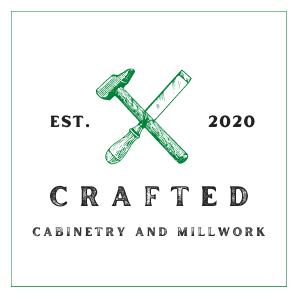The kitchen is the heart of the home, and the cabinets are its workhorses. They face daily wear and tear, so choosing durable options is crucial. Here’s a breakdown of key factors to consider when selecting cabinets built to last:
Carcass Construction: Plywood vs. Particle Board
The carcass, the hidden body of the cabinet, is where material quality truly matters. Solid wood is the gold standard, but it can be expensive. Here’s a comparison of two common alternatives:
- Plywood: Known for strength and stability, plywood is made by layering thin sheets of wood with glue. High-quality plywood offers excellent resistance to warping and moisture, making it ideal for kitchens.
- Particle Board: A more budget-friendly option, particle board is made from compressed wood particles and resin. While cheaper, it’s more susceptible to moisture damage and warping, especially in lower-quality grades.
Door and Drawer Durability
Beyond the carcass, consider the material of the doors and drawers themselves. Solid wood offers timeless beauty and durability, but engineered wood options like MDF (Medium-Density Fibreboard) can be a good compromise, especially when paired with high-quality finishes.
Finish Matters: Conversion Varnish vs. Italian Water-Based
The finish protects your cabinets from scratches, stains, and moisture. Here are two popular choices:
- Conversion Varnish: A traditional and durable option, conversion varnish offers a high-gloss finish. However, it can emit strong odors and requires a longer curing time.
- Italian Water-Based Finishes: These eco-friendly finishes are gaining popularity. They cure faster, have lower VOCs (volatile organic compounds), and come in a variety of finishes, though they might not be as scratch-resistant as conversion varnish.
Hardware: The Unsung Hero
Don’t underestimate the importance of hardware! Cabinet doors and drawers open and close countless times a day. Invest in high-quality hardware like Blum for smooth operation and long-lasting durability. Look for features like soft-close mechanisms that prevent slamming and extend the life of your cabinets.
Other Durability Considerations:
- Joinery: How the cabinet components are joined is crucial. Look for strong methods like dowel and pocket hole construction for added stability.
- Door Style: Raised panel doors offer more protection for the edges compared to flat panel doors.
- Proper Installation: Ensure your cabinets are installed correctly by a qualified professional to avoid future issues.
By considering these factors, you can choose kitchen cabinets that will withstand the test of time, becoming a cherished feature of your home for years to come. Remember, a well-built cabinet is an investment that will pay off in both functionality and aesthetics.

